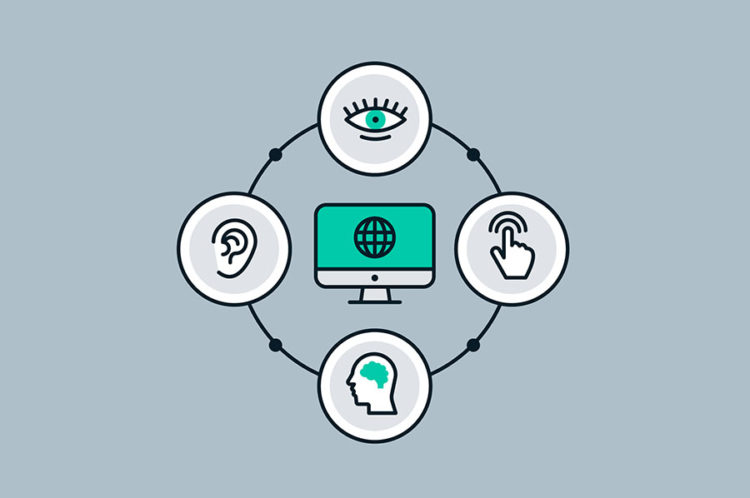10 Ways to Make Your Website Accessible
 Every company, when designing their websites, should take into consideration the accessibility provided in it, as this may attract more visitors, with a wide range of abilities. There are uncountable users out there who rely on the accessibility of sites to have access to information of services, which for most people, might seem as a simple task.
Every company, when designing their websites, should take into consideration the accessibility provided in it, as this may attract more visitors, with a wide range of abilities. There are uncountable users out there who rely on the accessibility of sites to have access to information of services, which for most people, might seem as a simple task.
Luckily, there are few steps to be aware of when constructing a website, to ensure that accessibility is implemented. Understanding the issues that can make a site hard to use by certain people is definitely the starting point to avoid mistakes and making the experience more welcoming to all visitors.
Firstly, it is important to understand that there are all sorts of disabilities and conditions that can affect the way people use websites. For example:
• Visual: Partial or total inability to see or perceive colour contrast.
• Hearing: Partial or total inability to hear.
• Motor/Physical: Low dexterity, including making precise movements.
• Photosensitive: Flashing lights can cause seizures such as epilepsy.
• Cognitive: Low cognitive ability, such as dementia and dyslexia.
The way to work around these issues, from a company perspective, is to ensure that accessibility is embedded in their websites by improving its overall design and usability. The Web Accessibility Initiative project has been working since 1997 to help improve accessibility online, specifically outlining steps that companies can take to make their sites more user-friendly:
1. Make your site keyboard-friendly.
2. Contents should be easily accessible.
3. Add alternative text to all images.
4. Choose colours carefully.
5. Use headers to structure the content correctly.
6. Design the format for accessibility
7. Tables should be used only for tabular data
8. Enable resizable text that does not break the site
9. Avoid automatic media and navigation
10. Create content with accessibility in mind
Making sure websites are welcoming to as many people as possible should be a top priority. Nobody should be excluded from using a website, especially since it is relatively easy to avoid doing so. Not only will the users benefit from this, but companies will also likely see benefits in the form of increased traffic and conversions.
For the link to the full article, click here:
Alternatively, if you need further information on how to make websites, facilities or services more accessible and inclusive, please do not hesitate to contact one of our team on (01) 415 12 85 or e-mail





